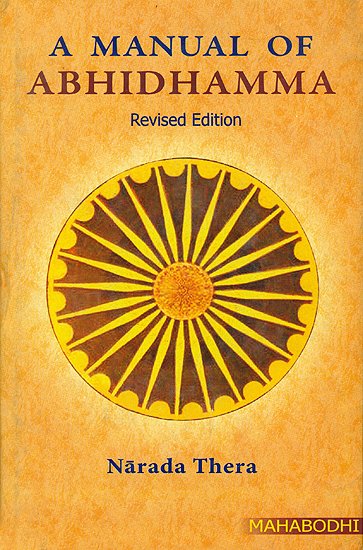Abhidhamma in Daily Life (by Ashin Janakabhivamsa)
by Ashin Janakabhivamsa | 66,666 words
English translation of "Abhidhamma in Daily Life" by Professor Ko Lay. Revised by Sayadaw U Silananda, International Theravada Buddhist Missionary University, Yangon, 1999...
Part 1 - The Four Types Of Patisandhi
Due to corresponding kamma, there are four types of patisandhi:
- Opapatika patisandhi (spontaneous rebirth)
- Samsedaja patisandhi (born or arisen from moisture)
- Andhaja patisandhi (oviparous)
- Jalabuja patisandhi (born from a womb, viviparous)
1. Opapatika Patisandhi (Spontaneous Rebirth Or Rebirth As A Wholly Mature Being)
Deva, Brahmas, sinners in hell, petas (hungry ghosts) and asurakaya (demons) are reborn as mature grown-up beings without passing through fetal and infant stages. They do not come out from mother’s wombs. They appear together with their patisandhi citta right at their dwellings, i.e. celestial mansions, forests, mountains, streams or oceans. The first human beings were born in this way when this kappa (world-cycle) was formed. They suddenly took their human form without the necessity of conception. This is known as opapatika patisandhi or upapat patisandhi.
2. Samsedaja Patisandhi (Born Or Arisen From Moisture)
Some sentient beings take rebirths in places where the fetus could cling to. Larvae hatch and grow up in decaying organic matter. Queen Padumavati was conceived in a lotus blossom and Queen Veluvati in the hollow of bamboo plant. Cincamana who slandered the Buddha took rebirth in a tamarind tree. Most insects belong to this type of patisandhi, but human exceptions are not a few in number.
3. Andhaja Patisandhi (Oviparous)
Beings who are hatched out of eggs such as birds and fishes belong to this type of rebirth. In the Jatakas we read about some human males marrying female nagas bearing forth human offspring by means of Andhaja patisandhi.
4. Jalabuja Patisandhi (Born From A Womb Or Viviparous)
This class of patisandhi includes humans and other mammals. They all are born from the wombs of their mothers. Inferior Devas such as Bhuma Devas and Rukkha Devas sometimes take jalabuja patisandhi. Both andhaja and jalabuja types are collectively termed gabbhaseyyaka (those who are born from wombs).
